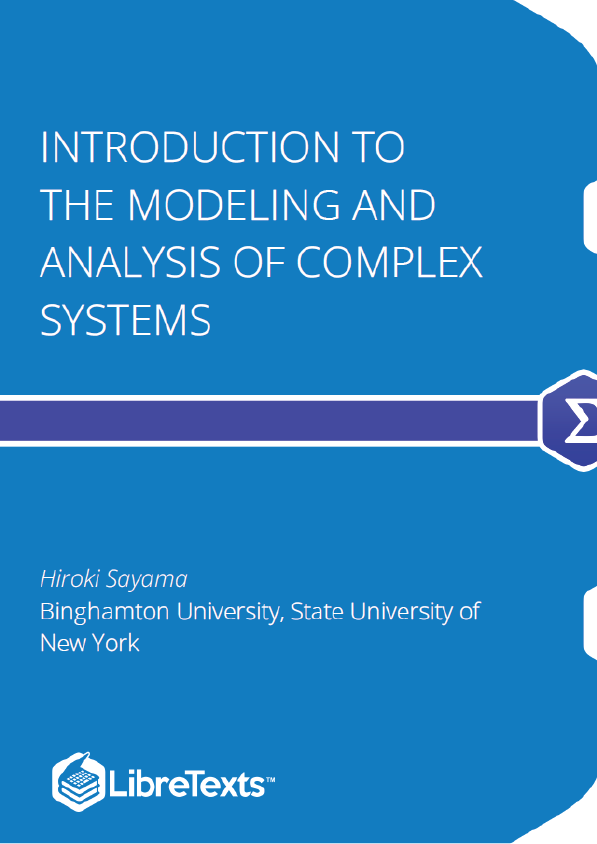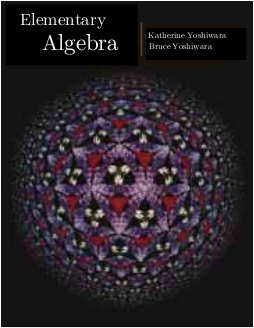Introduction to the Modeling and Analysis of Complex Systems introduces students to mathematical/computational modeling and analysis developed in the emerging interdisciplinary field of Complex Systems Science. Complex systems are systems made of a large number of microscopic components interacting with each other in nontrivial ways. Many real-world systems can be understood as complex systems, where critically important information resides in the relationships between the parts and not necessarily within the parts themselves.
Complex Systems in a Nutshell
These properties can be found in many real-world systems, e.g., gene regulatory networks within a cell, physiological systems of an organism, brains and other neural systems, food webs, the global climate, stock markets, the Internet, social media, national and international economies, and even human cultures and civilizations. To better understand what complex systems are, it might help to know what they are not. One example of systems that are not complex is a collection of independent components, such as an ideal gas (as discussed in thermodynamics) and random coin tosses (as discussed in probability theory). This class of systems was called “problems of disorganized complexity” by American mathematician and systems scientist Warren Weaver [2]. Conventional statistics works perfectly when handling such independent entities. Another example, which is at the other extreme, is a collection of strongly coupled components, such as rigid bodies (as discussed in classical mechanics) and coin tosses (I’m not sure which discipline studies this). Weaver called this class of systems “problems of simplicity” [2]. In this class, the components of a system are tightly coupled to each other with only a few or no degrees of freedom left within the system, so one can describe the collection as a single entity with a small number of variables. There are very well-developed theories and tools available to handle either case. Unfortunately, however, most real-world systems are somewhere in between.
Complex systems science is a rapidly growing scientific research area that the huge gap between the two traditional views that consider systems made of either completely independent or completely coupled components. This is the gap where what Weaver called “problems of organized complexity” exist [2]. Complex systems science develops conceptual, mathematical, and computational tools to describe systems made of interdependent components. It studies the structural and dynamical properties of various systems to obtain general, cross-disciplinary implications and applications.
Complex systems science has multiple historical roots and topical clusters of concepts, as illustrated in Fig. 1.1.1. There are two core concepts that go across almost all subareas of complex systems: emergence and self-organization. The idea of emergence was originally discussed in philosophy more than a century ago. There are many natural phenomena where some property of a system observed at macroscopic scales simply can’t be reduced to microscopic physical rules that drive the system’s behavior. For example, you can easily tell that a dog wagging its tail is alive, but it is extremely difficult to explain what kind of microscopic physical/chemical processes going on in its body are making this organism “alive.” Another typical example is your consciousness. You know you are conscious, but it is hard to describe what kind of neurophysiological processes make you a “conscious” entity. Those macroscopic properties (livingness, consciousness) are called emergent properties of the systems.











